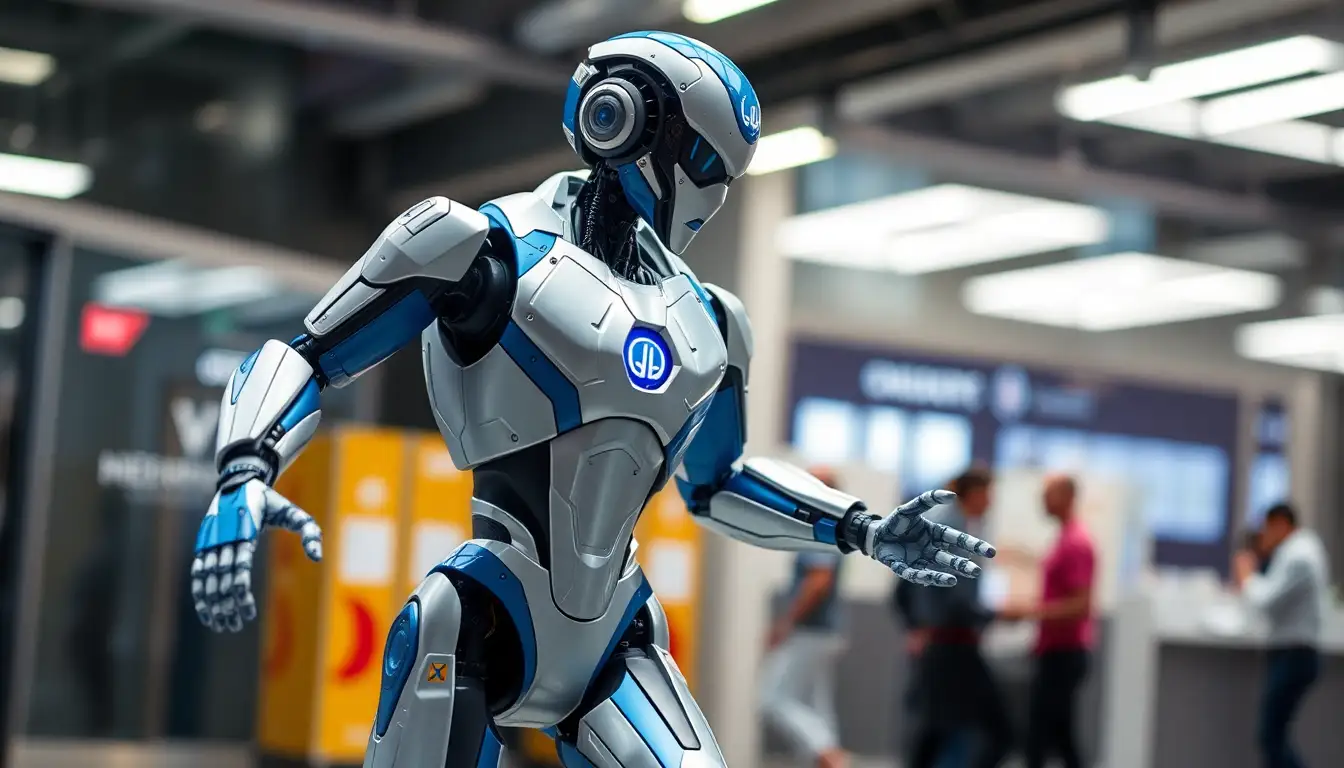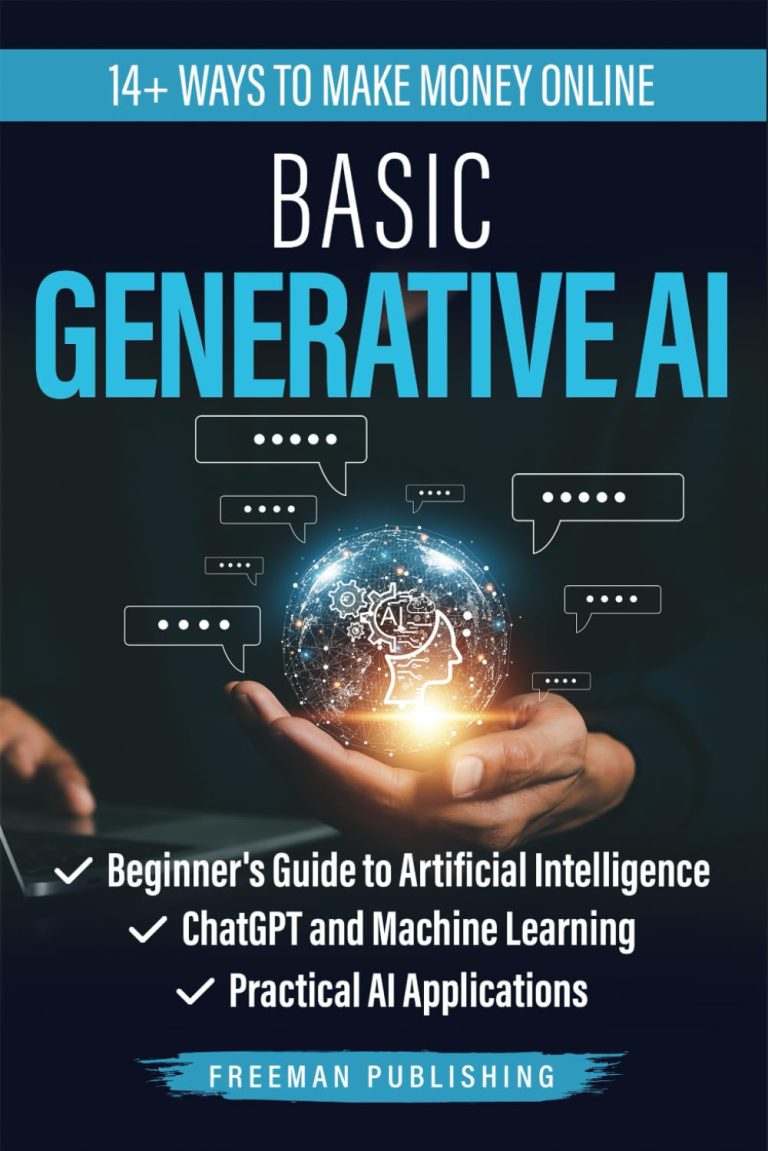
Now loading...
NVIDIA has unveiled several advancements aimed at enhancing robotics capabilities, including the launch of the open-source Newton Physics Engine, which is now part of the NVIDIA Isaac Lab ecosystem. Developed in collaboration with Disney Research and Google DeepMind, this physics engine provides researchers and developers with tools to create more sophisticated and versatile robots. This initiative underscores a significant step forward in addressing the complexities of building humanoid robots that can operate efficiently in dynamic environments.
At the heart of this release is the NVIDIA Isaac GR00T N1.6 model, which endows robots with advanced reasoning capabilities. This model enables machines to interpret intricate instructions and leverage prior experience and common sense when tackling unfamiliar tasks. By combining this reasoning power with the Newton Physics Engine’s realistic simulations, robots will learn to navigate and interact with the physical world with increased accuracy.
NVIDIA further introduced its Cosmos world foundation models, aimed at assisting developers in generating diverse datasets to accelerate the training of physical AI models. These models allow for comprehensive physical simulations, vital for the development of robots that can perform complex tasks, such as maneuvering through various terrains and manipulating different objects. Leading research institutions, including Stanford University, ETH Zurich, and the National University of Singapore, are using NVIDIA’s technology to push the boundaries of robotics research.
A high number of prominent robotics firms, including Boston Dynamics and Agility Robotics, are already integrating NVIDIA’s Isaac and Omniverse technologies into their workflows. The introduction of the Newton Engine, which utilizes advanced GPU acceleration and is governed by the Linux Foundation, marks a pivotal moment for the global robotics community. Developers can now conduct realistic simulations of complex robotic activities, learning critical skills that can be effectively executed in real-world scenarios.
Another key feature of the Isaac GR00T N1.6 model is its integration with the Cosmos Reason model, which has become popular for its ability to facilitate nuanced reasoning in robots. This model allows robots to translate ambiguous instruction sets into actionable steps, enhancing their ability to respond to diverse challenges. The model is already making waves, having been downloaded over a million times and ranking highly on leading AI platforms.
In addition to these models, NVIDIA introduced a new dexterous grasping workflow within Isaac Lab, specifically designed to help robots learn the intricacies of object handling. This functionality simulates various conditions, allowing robots to enhance their manipulation skills through a progressive, challenging curriculum that evolves in complexity.
The latest enhancements in NVIDIA’s robotics toolkit also include updates to its Cosmos world foundation models, enabling more effective data generation to support the training of physical AI models. With the upcoming Cosmos Predict and Transfer models, developers will be equipped to produce high-quality synthetic data in a more streamlined and efficient manner.
In an effort to further facilitate robotics research, NVIDIA is also offering advanced AI infrastructure that supports demanding workloads in robot development. This includes the NVIDIA GB200 NVL72 system and RTX PRO Servers, which are being adopted by major cloud providers and institutions to power extensive AI training and inference needs.
Overall, these groundbreaking tools and frameworks provided by NVIDIA are set to transform the landscape of robotics research and development, allowing for more intelligent and capable robots that can safely operate in unpredictable environments. This initiative exemplifies NVIDIA’s commitment to advancing robotics technology in collaboration with leading academic and industry partners, paving the way for a future where sophisticated humanoid robots become a part of everyday life.
